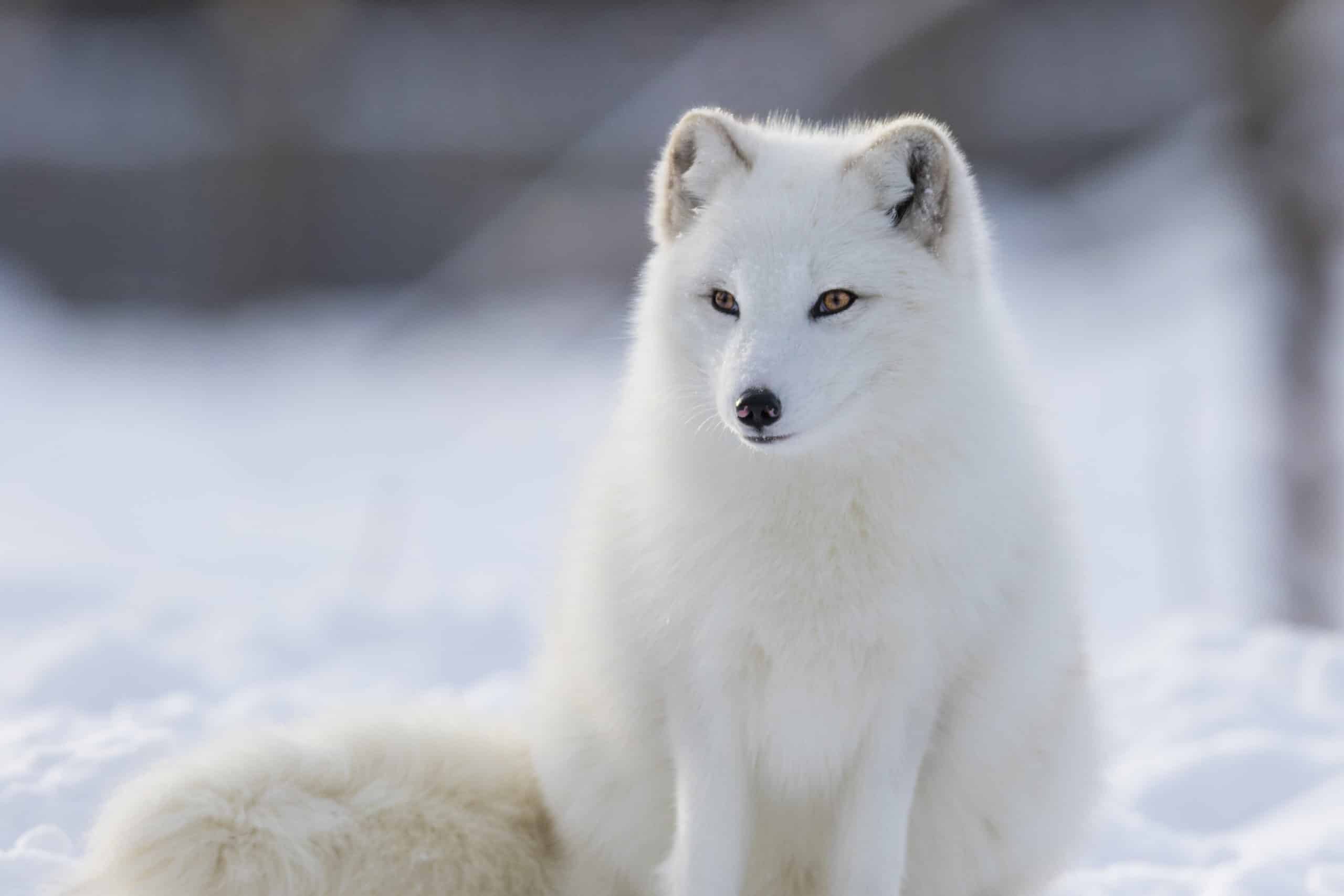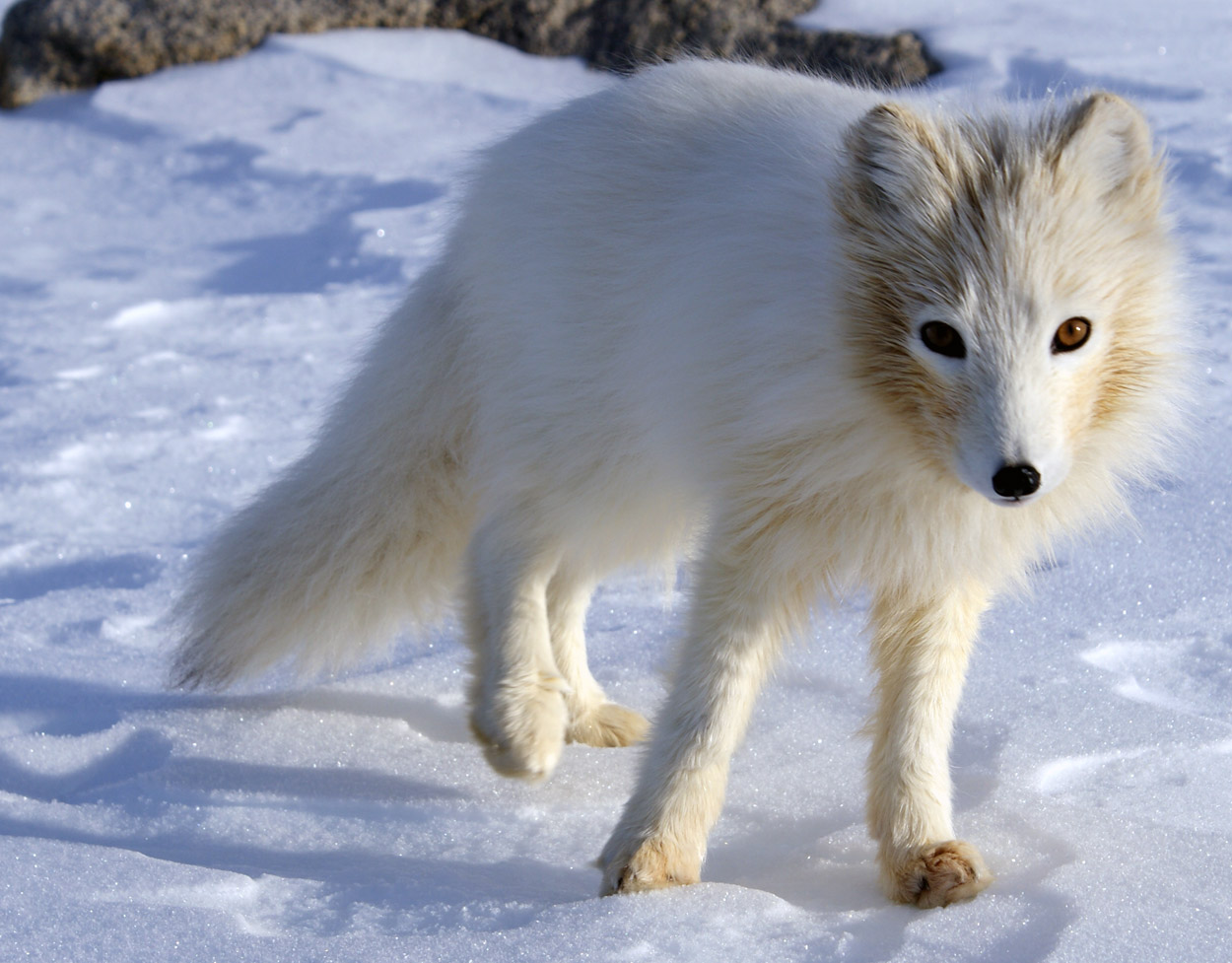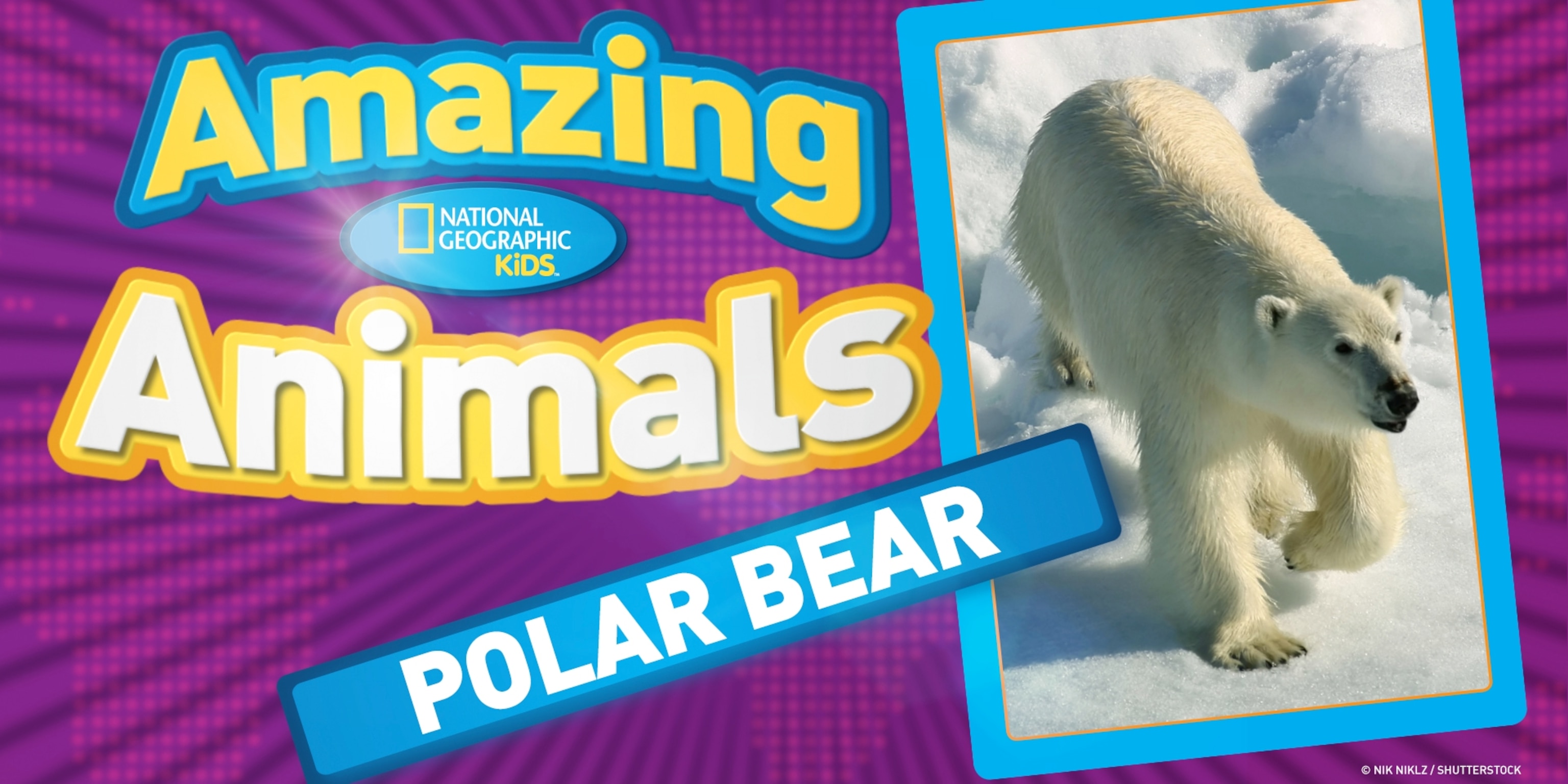Arctic Animals Facts Ks1

The arctic has many large land animals including reindeer musk ox lemmings arctic hares arctic terns snowy owls squirrels arctic fox and polar bears.
Arctic animals facts ks1. Allocate each group one of the animals - polar bear snow fox and reindeer. You can read about life on Antarctica here. This lesson will teach you about the Arctic habitat how cold it gets what kinds of animals and plants live there and some other neat facts about this.
Report this resource to let us. Arctic Wolves have a good sense of smell hearing and sight. Animals that live in the Arctic include.
The North Pole is in the middle of the Arctic Ocean which is surrounded by the land masses of North America Europe and Asia so there is a land connection to the south meaning that land animals can more easily reach the Arctic unlike Antarctica where animals must be able to swim or fly across hundreds of miles of. Arctic Wolves usually live in packs of 5-7 wolves but sometimes live alone. Animals as large as whales and polar bears come to feed on them.
Polar Bears Arctic Foxes Musk Oxen Arctic Terns Gyrfalcons and Puffins. The Arctic summer has daylight 24 hours a day. The Arctic and Antarctica also have different animals - the main difference being that polar bears can only be found in the Arctic and.
Arctic Wolves are carnivores meaning they eat meat. Tes classic free licence. They will eat arctic fox arctic hares lemmings seals but.
Theres also more information about the regions animals here. Other Antarctic invertebrates include nematodes tiny worms and rotifers microscopic animals. How the polar bear is adapted to survive there and the threat that the Arctic faces in relation to global warming.



















